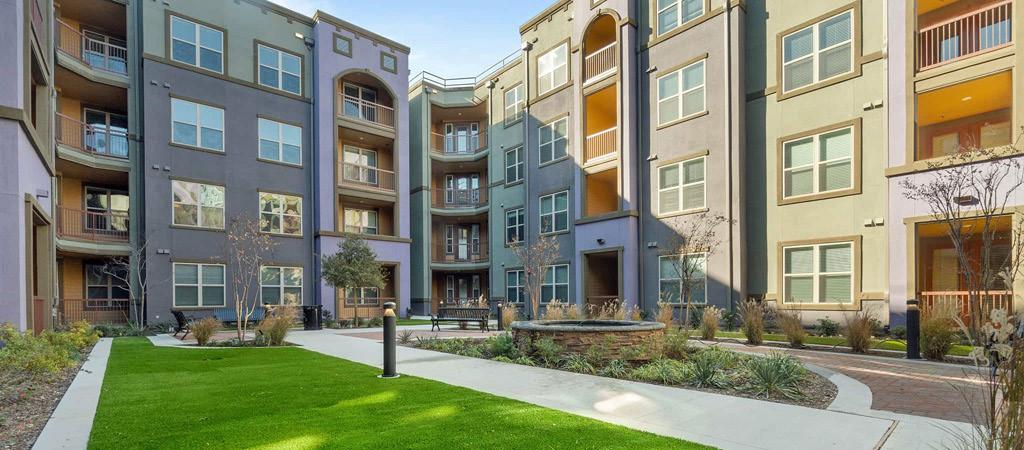
3 minute read
LAWN CARE | LESSONS FROM LAS VEGAS’ ORNAMENTAL GRASS BAN
LESSONS FROMLAS VEGAS’ ORNAMENTAL GRASS BAN
The inside scoop on what Las Vegas’ ornamental grass ban may mean for the rest of the green industry.
Advertisement
Las Vegas has become a pioneer in conserving natural resources with its policy banning nonfunctional, decorative grass.
This new legislation comes on the heels of Las Vegas water officials’ 20-year plight to replace water-guzzling grass with water-conserving landscapes. Assembly Bill 356 will prohibit Colorado River water from being used to irrigate decorative grass on Jan. 1, 2027. The majority of the grass in this ban is nonfunctional, including grass between roads and sidewalks and in medians, traffic circles, strips outside business parks, housing developments and more. It’s said to result in 30 percent of the 13,000 acres of ornamental grass being removed from Las Vegas.
This progressive move may serve as a model for other desert and droughtstricken cities. With ornamental grass requiring four times as much water as drought-tolerant landscaping like cacti and succulents, it’s estimated that the region can drastically reduce annual water consumption.
This unique ban spearheaded by Las Vegas follows years of efforts to minimize water use dating back to the “cash for grass” program in 1999 urging homeowners to swap their lawns for sustainable landscaping.
Las Vegas’ decorative grass ban will have wide-reaching effects on the landscape industry. For one, many residents may miss the green grass that gave the illusion of a lush Las Vegas. A swap to all desert landscaping, like cacti and succulents, will drastically change the look and feel of the strip.
While artificial grass isn’t the only landscaping alternative to decorative grass, the industry is anticipating an increase in sales in this region and has already seen more business in the parched western U.S. Artificial grass sales may also be motivated by the recent restrictions imposed by Southern California, which include limiting the watering of lawns to once a week to ease the burden of the drought-stricken state aqueduct. The Metropolitan Water District board voted unanimously to require six major water providers and dozens of cities and local districts to impose either watering once a week or reducing total water use to below a certain target. These restrictions don’t bode well for the future of natural grass lawns and the sustainability of this type of landscaping in regions constantly plagued by drought.
The artificial turf industry has long been known to reduce carbon footprints by conserving billions of gallons of water per year by eliminating the need to water lawns. Artificial grass also eradicates the use of pesticides and fertilizers. In commercial projects, businesses can receive LEED credits for water-efficient landscaping from the U.S. Green Building Council for the use of artificial turf.
The trend for artificial turf, spurred by savings and motivated by these bans, is catching on with homeowners. It’s been said that if a home has natural grass, 90 percent of their water bill goes to watering grass, and that’s a big hit on a limited and decreasing water supply.
The health of the planet and resilient landscaping in the face of a changing climate and worsening drought is of utmost importance. There is a good deal of change and innovation on the horizon, and the artificial grass industry is even seeking advancements in new technology, like water containment devices for use under artificial turf. It will be interesting to see the changes that occur in our industry and the creativity that ensues as a result.
Artificial grass may gain traction as a result of ornamental grass bans and watering restrictions. Grass!365 Stan Pennington Principal Grass!365









